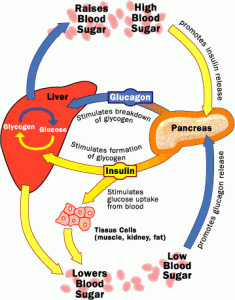Blood Glucose Testing
BLOOD GLUCOSE TESTING
There are a bewildering number of strips and meters on the market. Which are the best to use?
A few years ago most people were using strips without a meter. This required performing a complicated procedure in order to obtain an accurate blood glucose result. Now in the UK you can only use a strip with a meter. The meters are very similar in terms of reliability and performance. There are small differences, for example the amount of blood required to perform a test or the time it takes for the meter to produce the results. Nearly all the meters can be downloaded onto a PC and software is usually available free from the manufacturers. 
Blood testing is not just about doing the test but making sense of the results. Your healthcare professional will show you how to use your meter, and you will need further time to discuss your results and what you might need to change in order to achieve the levels you want.
Blood glucose testing strips are available on prescription from your GP. The meters are quite inexpensive and may be available free from your diabetes nurse.
I have recently started testing my blood sugar levels but my results do not compare well with the clinic results. What is the reason for this?
It is not clear if your blood sugar results are being compared with blood sugar tests at the hospital or with another test known as the HbA1c, glycosylated haemoglobin or long-term test. The HbA1c is usually measured only once or twice a year. The test measures the amount of glucose that has attached itself to the red blood cells, throughout their 2-3 month life span (see section Haemoglobin Ale later in this chapter). Research tells us that to avoid complications of diabetes the HbA1c should be under 7.5%. The HbA1c is often described as an average of blood sugar levels but strictly speaking it is not an average. For example, if your HbA1c is 12% your blood sugar levels are likely to be averaging around 19 mmol/L. When you perform a blood sugar test at home you are measuring the result as it is at that minute in time. Two hours later it could be much lower or much higher. The HbA1c is not measuring the highs and lows but what has accumulated in the previous two to three months.
In summary, it is possible that your home blood glucose tests are being compared with the HbA1c which is a different kind of test. Alternatively, the blood is being tested at a different time or on a different blood testing machine, which can cause a variation in results.
